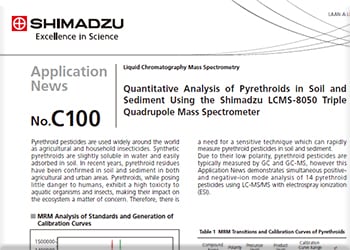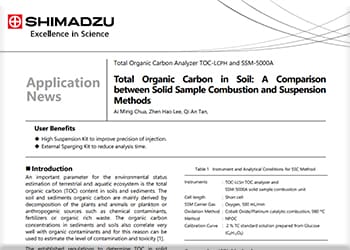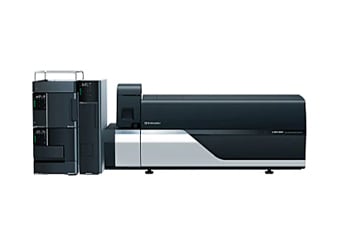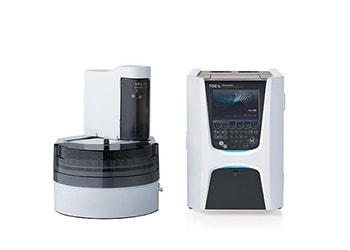The LCMS-8060 features an optimized ion guide and new technologies incorporated in the ion transport optical system.
Organic Compounds in Soil
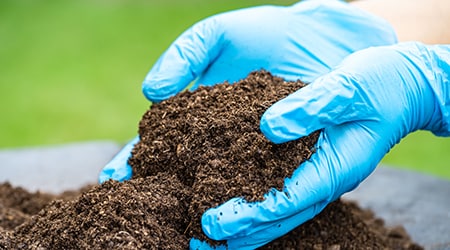
Organic compounds present in soil are mainly plant residues, animal residues, microbial cells, and their decomposition products. Plant debris includes root debris, exfoliated root cells, root exudates, fallen leaves, and small pieces of dead plants.
Soil organic matter has positive effects on a soil’s physical, chemical, and biological properties, as well as soil fertility and general ecosystem services. Therefore, it is one of the indicators of soil characteristics and quality (such as soil fertility).
On top of soil organic matter, organic pesticides also may be used to increase agricultural output. However, in recent years it has been confirmed that even organic pesticides may remain in the soil of agricultural land long after their use. Shimadzu Corporation provides a method that can measure organic substances in soil and sediment.
Application News
LCMS
Quantitative Analysis of Pyrethroids in Soil and Sediment Using the Shimadzu LCMS-8050 Triple Quadrupole Mass Spectrometer
Pyrethroid pesticides are used widely around the world as agricultural and household insecticides. Synthetic pyrethroids are slightly soluble in water and easily adsorbed in soil. In recent years, pyrethroid residues have been confirmed in soil and sediment in both agricultural and urban areas. Pyrethroids, while posing little danger to humans, exhibit a high toxicity to aquatic organisms and insects, making their impact on the ecosystem a matter of concern. Therefore, there is a need for a sensitive technique which can rapidly measure pyrethroid pesticides in soil and sediment. Due to their low polarity, pyrethroid pesticides are typically measured by GC and GC-MS, however this Application News demonstrates simultaneous positiveand negative-ion mode analysis of 14 pyrethroid pesticides using LC-MS/MS with electrospray ionization (ESI).
TOC
Total Organic Carbon in Soil: A Comparison between Solid Sample Combustion and Suspension Methods
An important parameter for the environmental status estimation of terrestrial and aquatic ecosystem is the total organic carbon (TOC) content in soils and sediments. Here, a weighed solid sample is combusted in a stream of air or oxygen to produce carbon dioxide which is then detected and quantified using a calibration curve.
The Shimadzu TOC solid sample measurement system has been used to evaluate the differences in the total carbon content in soil and compost without extraction or other pretreatment procedures. However, the inhomogeneity of the soils has a direct effect on the results as each weighed solid sample can only be combusted once. This method is simpler and enables the possibility of statistically reliable multiple injections within a single sample batch. This application news compares the results obtained using both the SSC and SP methods.
Related Products
-
-
The TOC-L series of TOC analyzers adopts the 680°C combustion catalytic oxidation method, which was developed by Shimadzu and is now used worldwide. While providing an ultra wide range of 4 μg/L to 30,000 mg/L, these analyzers boast a detection limit of 4 μg/L through coordination with NDIR.



